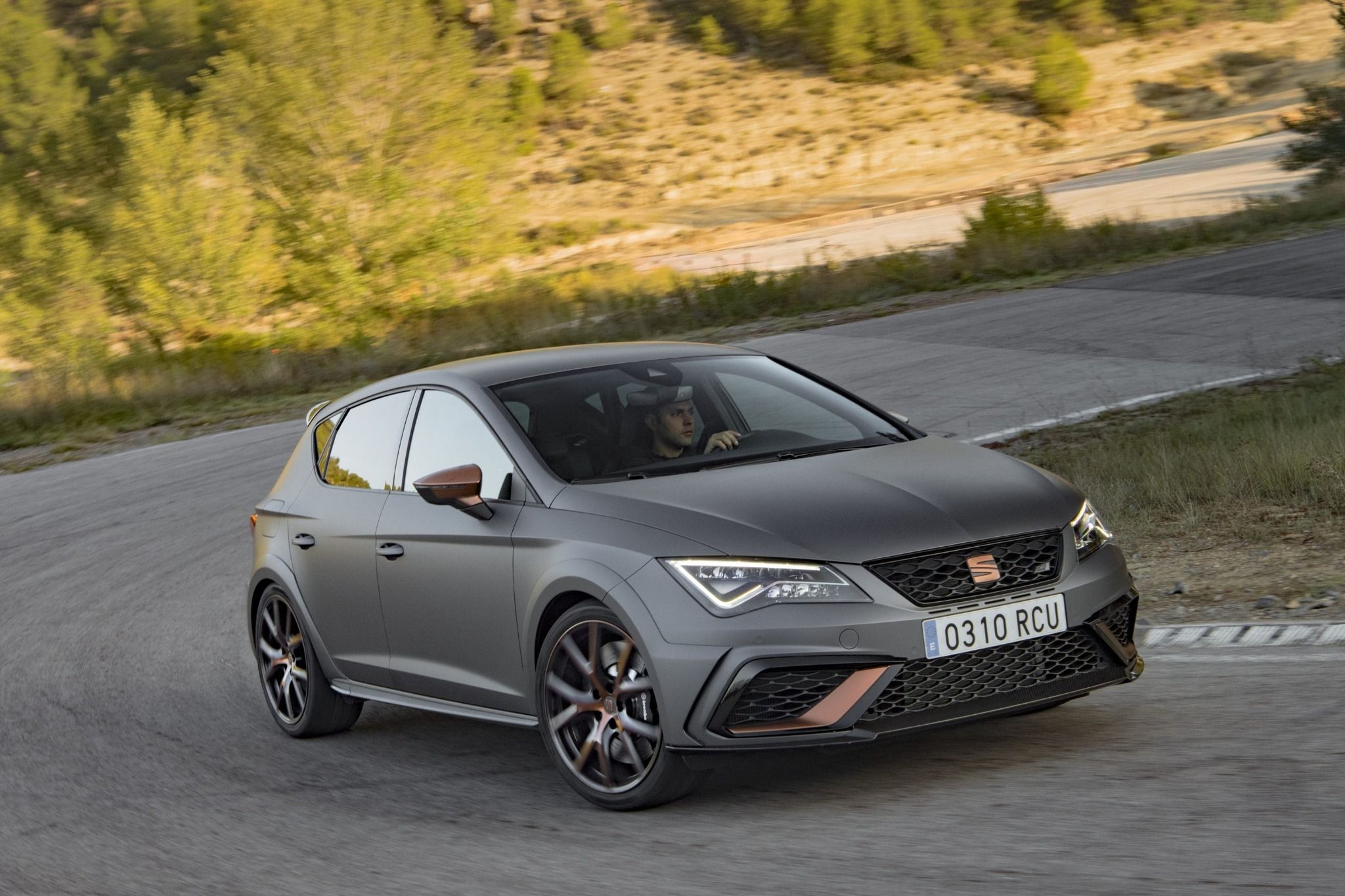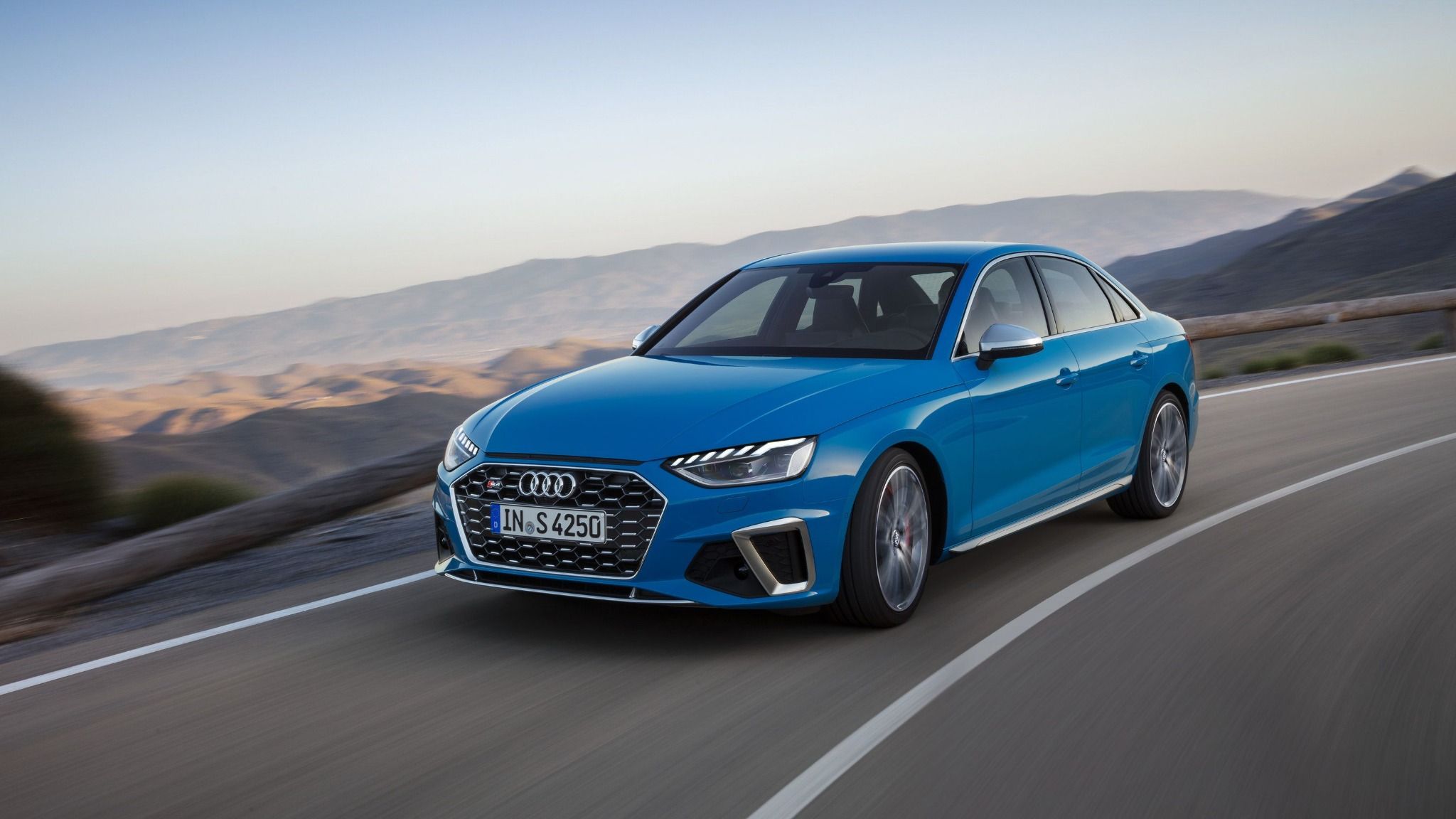Understanding the differences between the two terms
The terms understeer and oversteer are often considered to be more in-depth terms for those that do lots of track driving, but they’re useful for all motorists.
Understanding the differences between the two terms, what causes them and how to avoid them in the first place can all help to make you a better and safer driver. Let’s take a look…

Understeer
Understeer is the easier term to get your head around, and it is essentially when you try to steer into a corner, but the car tries to carry on straight on. It usually happens when you’re carrying too much speed into a corner, and you can address it by slowing down before entering a bend.
Front-wheel-drive cars are the vehicles most likely to understeer because the front wheels are under more pressure than other drivetrain types, as they’re steering, braking and also propelling the car forwards. Hatchbacks and crossovers are the two types of car most likely to use front-wheel-drive.
Oversteer
Moving to oversteer, which is essentially when the car steers too much in a particular direction when cornering.
It’s most likely to occur on rear-wheel-drive cars (used commonly in sports cars, but increasingly lots of EVs too), because power is sent to the back wheels first.
When they lose grip, such as in hard cornering or in wet conditions, it can make the car swing around, and if you don’t ‘catch’ it, it can spin you off course, and can be pretty dangerous, especially if you’ve never experienced it before.
Like understeer, the easiest way to avoid it, however, is to slow down, while also avoiding harsh acceleration in slippery conditions, and don’t be too aggressive with your steering inputs.

How else can I avoid understeer and oversteer?
It can be easy to forget about, but keeping your vehicle’s tyres in perfect condition is instrumental to your safety on the road. These are the only aspect of the car that are in contact with the road, and if you don’t look after your tyres, it can be a key contributor to causing understeer and oversteer.
Make sure you have good-quality rubber fitted, that it’s correctly inflated and that there’s plenty of tread left and this will all help to keep you safer on the road.